By Danny Chan
Having a Dental software in Australia is no longer a luxury but a necessity in today’s computerised age of dentistry. Most dental owners cannot imagine running their practices without one. These days, automating timely reminders for following up on patient appointments or quickly accessing a patient’s history are no less perfunctory than sending an email.
Despite well-entrenched benefits, running a typical PMS has its share of bugbears: IT hassles of maintaining the physical server; time-consuming hardware/software updates; hardware glitches; tedious data backups; storage limitations; lack of data security; hard disk failures, etc.
To circumvent the inherent limitations of server-reliant PMS systems, some dentists are turning to online dental software like Core Practice. Instead of dealing with IT issues, dentists can take advantage of the dental software’s Cloud-based ecosystem to gain greater patient access, better flexibility and increased cost savings.
What makes Core Practice a unique proposition in the world of server-bound practice software systems is that it removes the need for expensive set-up costs for both hardware and software. Its Software as a Service (SaaS) model offers genuine flexibility and makes economic sense for all parties concerned.
Like your traditional software, Core Practice brings all your practice data together into a single database. However, it eschews the conventional hard-disk format for the cloud infrastructure. A little known but amazing benefit of the cloud-based system is something known as “elastic server scaling”. That basically allows for intuitive expansion of virtual computing resources – storage space, memory and CPU – relative to the usage of the software. That means you only pay for the memory and storage space that you actually utilise, hence lowering unit cost while minimising wastage of unused resources. That’s also why Core Practice is able to pass on the savings to their customers by way of affordable monthly plans.
True cloud computing solution
With Core Practice, you can rely on the cloud-based system to do all the heavy lifting while you focus your energies on what you do best. While many on-premise vendors also claim to offer cloud applications, the mobile-friendly Core Practice solution was designed from the ground up for the Cloud. There’s no need for painful upgrades because your Core Practice software is always running the latest version. Another added benefit is gaining secure and speedy access to the system anytime from anywhere, on any device.
Besides offering a true cloud computing solution, Core Practice allows a host of flexibility:
Online bookings: Patients can make online appointments at their own convenience (including nights/ weekends/ public holidays) while receptionist can free up time spent on the phone, allowing more time for handling treatment plan queries.
Fully integrated online booking system: Appointment book and calendar are updated in real time. No more manual entry or double booking.
Secure and speedy access: Dentists can access patient records from anywhere, any device, anytime.
Unlimited & scalable online storage: The virtual space, which resides in the cloud, is unlimited and scalable to your individual needs. Basically, you’ll never have to worry about running out of storage or paying for unused space.
Unlimited number of users/ patients: The cloud infrastructure means you are never limited by physical server space.
Enterprise-level Secure SSL Encryption: The software adopts industry standard, enterprise-level security, and transport your data safely using AES-256 encrypted channels.
24/7 Support: Choose between free business hours phone support, 24/7 helpdesk system or Online Forum.
Seamless Integration: Core Practice works with HICAPs for easy payment; MYOB or XERO for all your accounting needs; and a host of communication apps for automated SMS and Email appointments – all sent directly from the software.
What do the customers say?
The newly launched Core Practice software already enjoys a growing community of users, and this is what they have to say about their user experience:
Kelly Hunt, Practice Manager, No Gaps Dental (Beverly Hills, Liverpool, Cabramatta):
“Core Practice is so much more flexible, allowing me to get my work done from wherever I am. Thanks to the electronic claiming and straightforward payment flow, my staff rarely make payment errors, which has given me more time to do my work.”
Dr Thiago De Araujo, Dentist, No Gaps Dental (Bondi, Brookvale):
“With Core Practice, I have the flexibility to access the system from wherever I am, whenever I need to. The customization of notes allows me to create treatment notes faster than ever, meaning I can devote more time to my patient's care. The automatic SMS appointment reminders are convenient. My patients can even reply to the text message to confirm their appointment. This used to be a time-consuming task, but thanks to Core Practice, my staff have so much more time to complete their daily tasks.”
For more information on Core Practice, call 1800 317 008 or visit www.corepractice.com.au

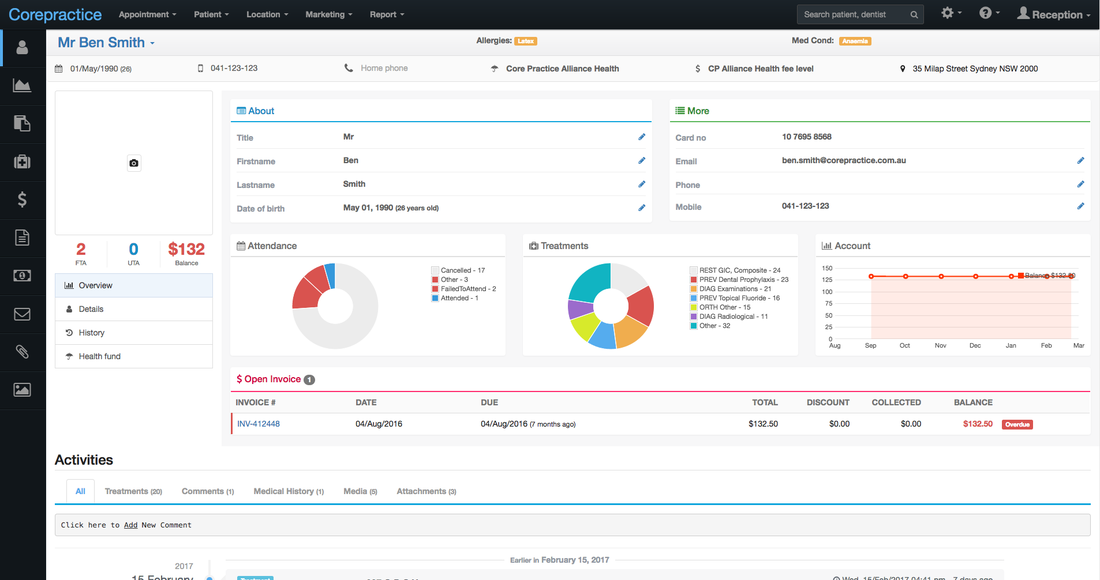
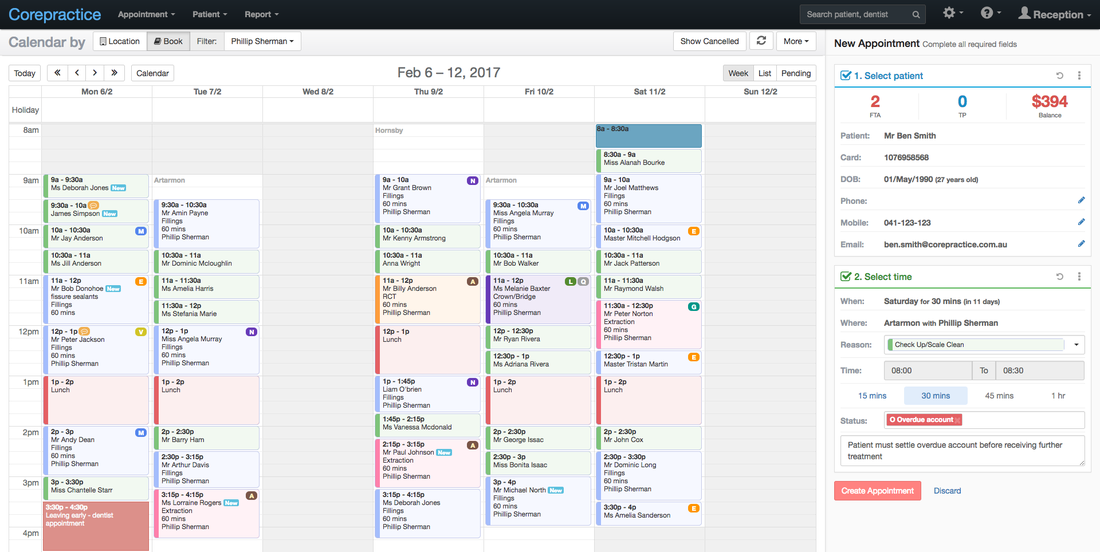
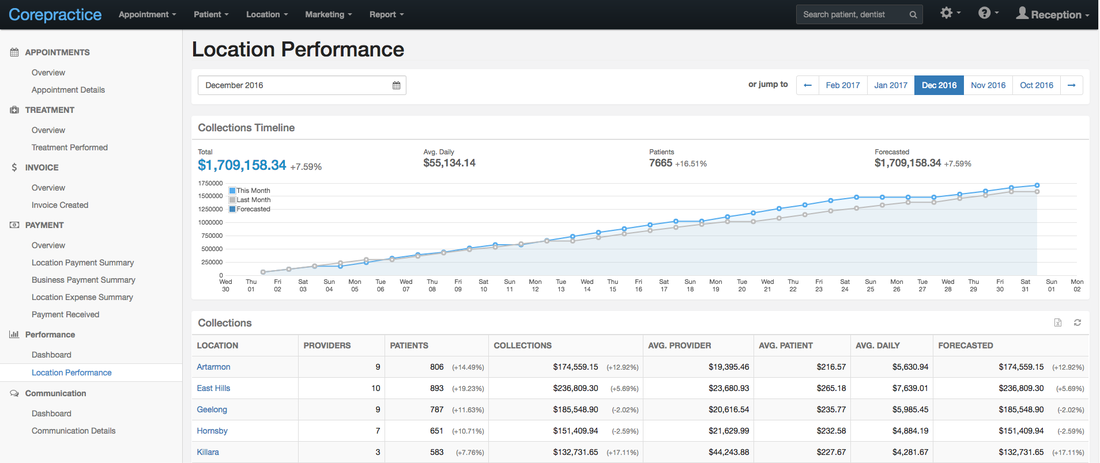
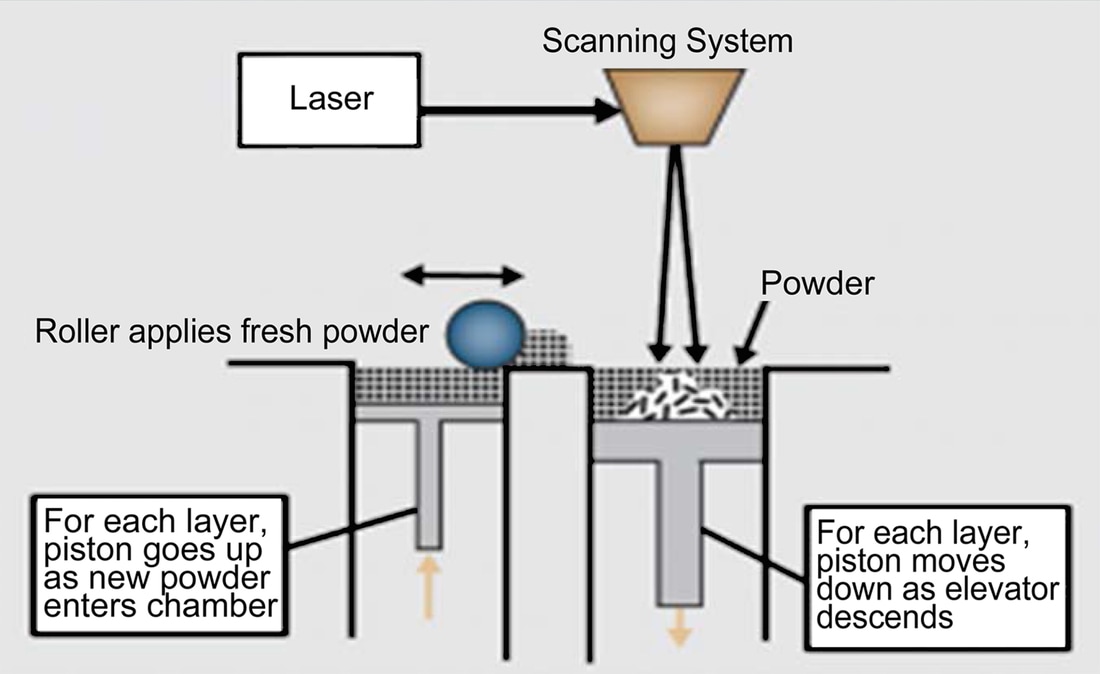
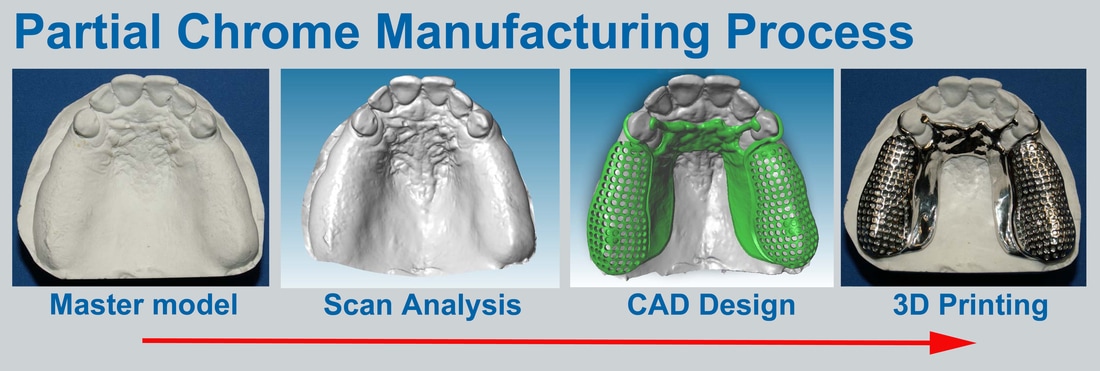
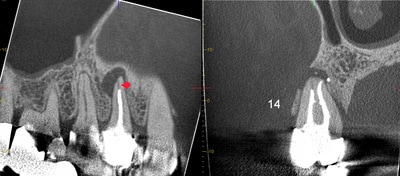
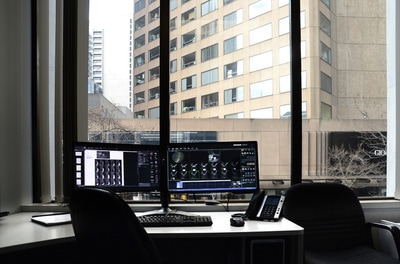
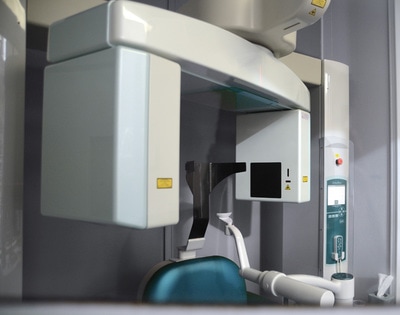
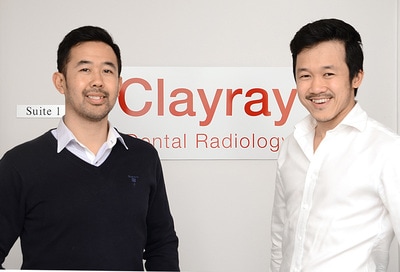
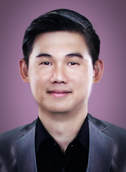
 RSS Feed
RSS Feed
